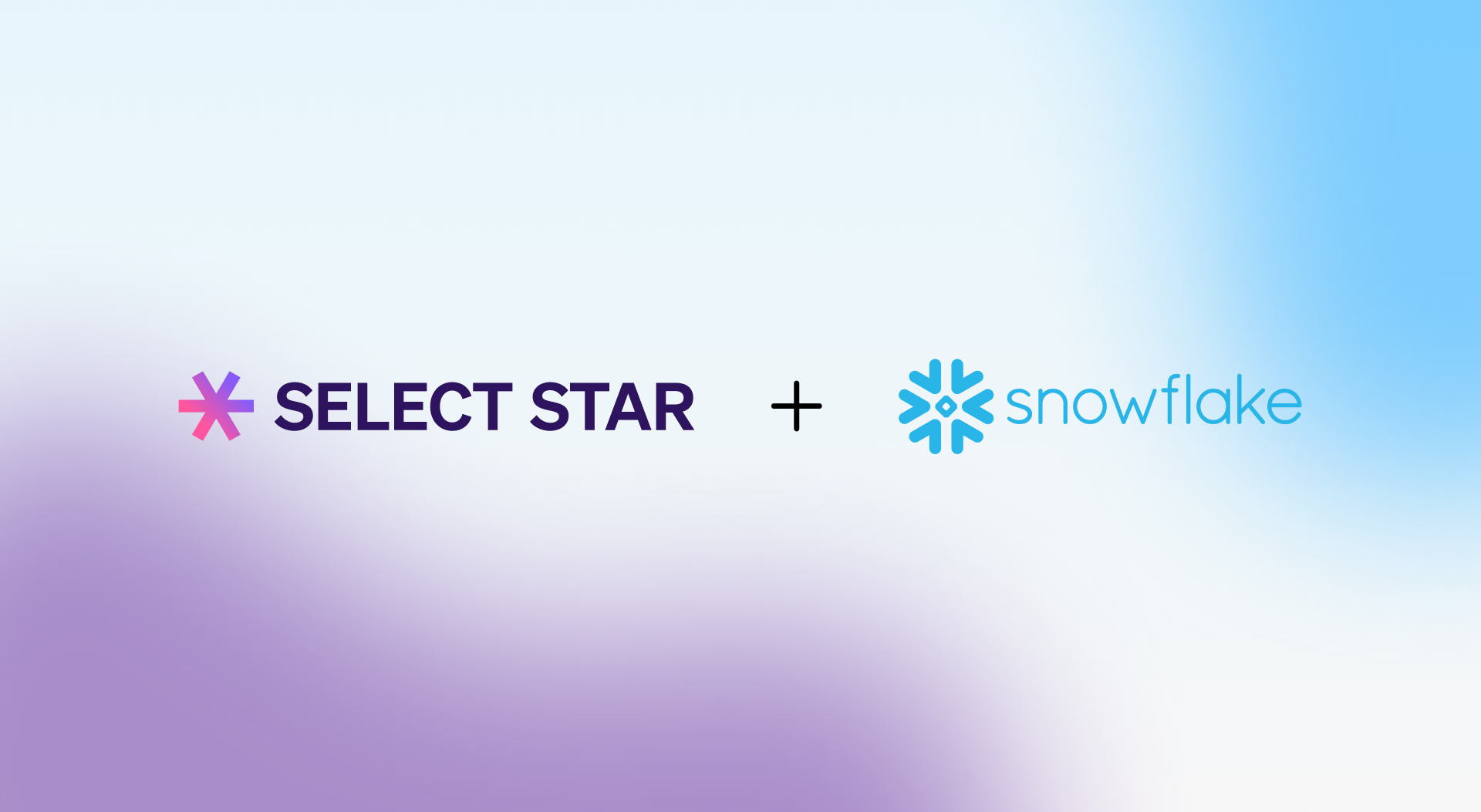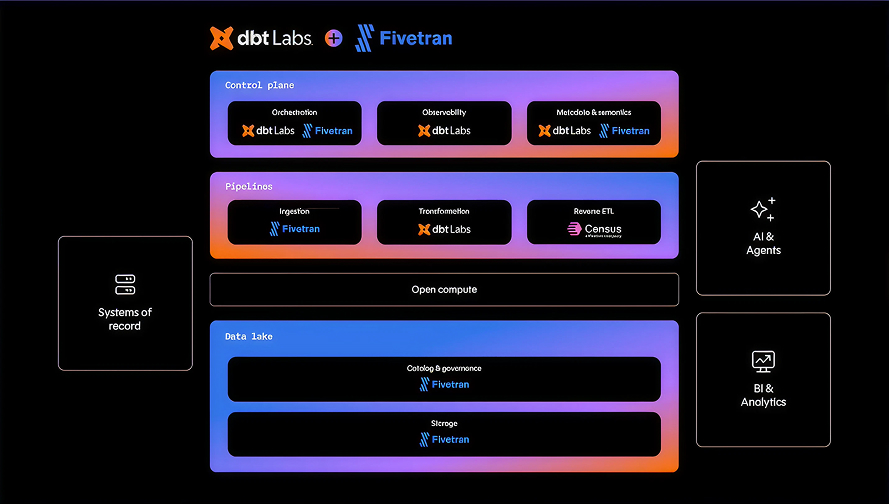Managing data lakes can be a complex endeavor, especially as organizations scale their data assets and strive to maintain efficiency, accessibility, and governance. The promise of data lakes—centralized, scalable repositories that can handle vast amounts of structured and unstructured data—often gets overshadowed by challenges like data sprawl, inconsistent data formats, and difficulties in tracking data lineage. These challenges can turn data lakes into data swamps, where finding and managing data becomes a costly and time-consuming task. Enter Apache Iceberg, an innovative table format designed to address the complexities of data lake management. In this post, we'll explore how Apache Iceberg addresses the most pressing challenges of data lake management and why it's becoming a go-to solution for modern data architectures. This post is based on our interview with Victoria Bukta, a seasoned data engineer turned product manager at Databricks. Victoria joined Databricks via acquisition of Tabular, and prior to Tabular she was a data engineer at Shopify focused on data ingestion with Apache Kafka and Apache Iceberg.
Apache Iceberg emerged as a solution to common pain points in data lake management faced by data engineers and analysts. It provides a robust framework for handling large-scale data sets, offering improved performance, consistency, and governance capabilities. At its core, Apache Iceberg introduces a new approach to metadata management, allowing for more efficient querying and data manipulation.
Table of Contents
- Overview of Apache Iceberg and Its Benefits
- The Role of Catalogs in the Iceberg Ecosystem
- Challenges and Considerations for Iceberg Adoption
- Case Study: Shopify's Journey with Apache Iceberg
- What’s next for Apache Iceberg?
Overview of Apache Iceberg and Its Benefits

Apache Iceberg is an open table format specifically designed for large-scale data lakes, providing support for high-performance reads, writes, and management of petabyte-scale datasets. Apache Iceberg organizes data in a tabular format by using metadata layers that abstract the physical storage details from the table schema, enabling efficient query execution. It manages data files through a combination of manifest lists and manifest files, which track file-level metadata such as partitioning, file locations, and statistics, allowing for optimized reads and writes by pruning unnecessary data and minimizing I/O operations during query execution.
Apache Iceberg offers a range of benefits that significantly enhance data lake management: improved query performance, enhancing data consistency, simplified data management, and better governance and access control. Its metadata layer and optimized file management lead to improved query performance, enabling faster data retrieval and more efficient analytics processes. The atomic transaction support ensures data consistency during complex updates, maintaining data integrity and trust in analytical results. Iceberg simplifies data management by abstracting away file-level complexities, allowing users to refer to data by table names rather than directories. Furthermore, Iceberg's integration with catalog systems like Unity Catalog, Snowflake Polaris Catalog, or Tabular Catalog facilitates better governance and access control. These catalogs provide robust mechanisms for determining sensitive columns and tracing information, thereby enhancing data security and compliance efforts. Overall, Iceberg's features collectively contribute to a more streamlined, efficient, and secure data lake environment.
The Role of Catalogs in the Iceberg Ecosystem
Catalogs serve as the backbone of the Iceberg ecosystem, functioning as the centralized management layer for metadata and access control. These catalogs are typically supported by a database infrastructure, which enables them to execute crucial operations such as committing changes and updating the database. By centralizing these functions, catalogs significantly streamline data management processes and bolster governance capabilities. This approach allows organizations to maintain better control over their data assets, ensure consistency across operations, and implement robust access controls, all of which are essential for effective data lake management in today's complex data environments.
Several catalog options are available for Iceberg users, including:
- Unity Catalog OSS
- Tabular Catalog
- AWS Glue
- Nessie
- Snowflake Polaris Catalog
- Hive Metastore
- Artic by Dremio
Each catalog offers unique features and integration capabilities, allowing organizations to choose the best fit for their specific needs.
Challenges and Considerations for Iceberg Adoption
Migrating from legacy systems, balancing real-time ingestion with query performance, and effective data partitioning and clustering are some of the key challenges an organization can face when adopting Iceberg. When migrating to Apache Iceberg from legacy data lake systems, it often requires a substantial effort to transition from established Hive ecosystems with parquet files. Organizations must meticulously plan and execute their migration strategies to minimize disruptions and maintain data integrity throughout the process. Simultaneously, achieving near real-time data availability while preserving query performance demands careful consideration. Drawing from her experience at Shopify, Bukta highlights the need to balance frequent data updates with query efficiency, noting that they were writing to datasets every five minutes while aiming to meet sub-hour service level objectives. To optimize Iceberg's performance, proper data partitioning and clustering are essential. Organizations should thoroughly analyze their data access patterns and query requirements when designing Iceberg table structures, as effective partitioning and clustering can significantly enhance query performance. By addressing these challenges and considerations, companies can successfully leverage Apache Iceberg's capabilities to improve their data lake management and analytics processes.
Case Study: Shopify's Journey with Apache Iceberg
Prior to implementing Iceberg, Shopify utilized a batch processing system for data ingestion. Bukta outlines the constraints of this approach, noting that batch jobs running hourly resulted in significant latency. This method led to considerable delays in making data available for analytics purposes, hindering timely insights. Shopify also encountered performance issues stemming from small file sizes. Bukta elaborates that reducing ingestion intervals to every five minutes resulted in extremely small parquet files, which paradoxically caused a dramatic increase in query performance times. This trade-off between ingestion frequency and query efficiency presented a significant challenge.
Customers required faster data availability, where merchants needed immediate insights into customer interactions with their stores. This pressing need propelled Shopify to seek more efficient solutions for data ingestion and processing to meet these expectations. Shopify's decision to adopt Iceberg was primarily aimed at enhancing the timeliness of customer-facing analytics. Bukta underscored the critical nature of this objective, emphasizing their efforts to minimize the time gap and deliver near real-time analytics to their users.
The implementation of Iceberg resulted in a substantial reduction in data availability latency for Shopify. Bukta reveals that they were able to generate new snapshots in a timeframe ranging from three to 40 minutes, depending on the table size. This improvement enabled Shopify to offer more timely insights to their merchant base.
Iceberg's features proved instrumental in addressing Shopify's consistency and performance challenges. Bukta emphasizes that the core strength of Apache Iceberg and Delta lies in their metadata protocols, which govern how information about stored data is managed. This approach allowed Shopify to enhance their data management practices and deliver reliable, high-performance analytics.
What’s next for Apache Iceberg?
Apache Iceberg has significantly impacted data lake management, offering solutions to long-standing challenges in the field. Its innovative approach to metadata management, file optimization, and data governance has enabled organizations to handle large-scale datasets more efficiently and effectively.
Looking ahead, the future of Iceberg appears promising. The convergence of table formats, such as the ongoing work to integrate Delta Lake and Iceberg capabilities, suggests a trend towards more unified data management solutions. Additionally, the zero ETL movement aligns well with Iceberg's capabilities, potentially simplifying data pipelines and reducing the need for complex transformations.
Enhanced governance and compliance capabilities will likely be a focus area for future Iceberg developments. As data privacy regulations become more stringent, Iceberg's role in facilitating fine-grained access control and data lineage tracking will become increasingly valuable.
Ultimately, Apache Iceberg represents a significant step forward in data lake technology. Its adoption enables organizations to unlock the full potential of their data assets, driving more timely and accurate insights while maintaining robust governance and performance standards.









